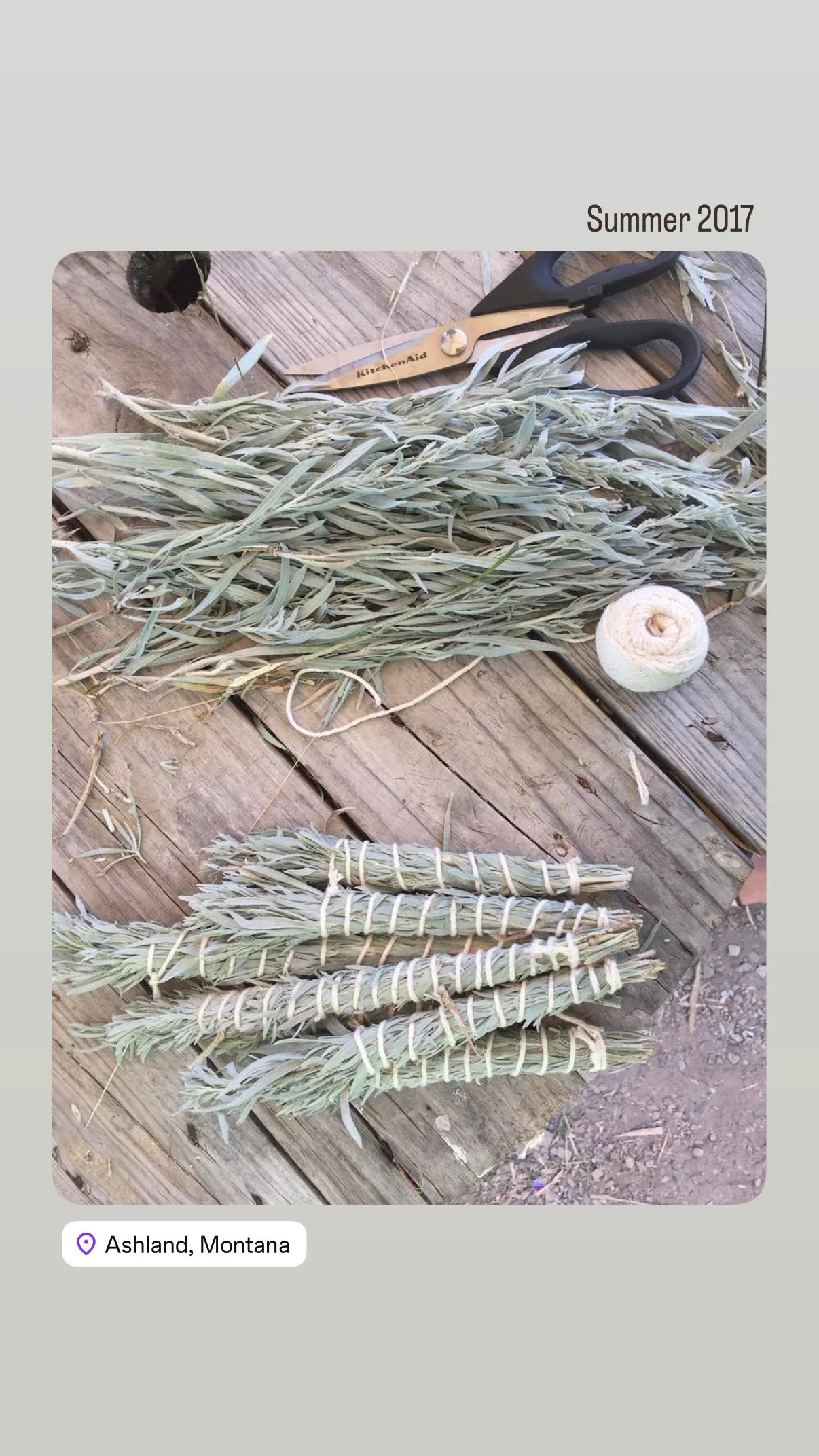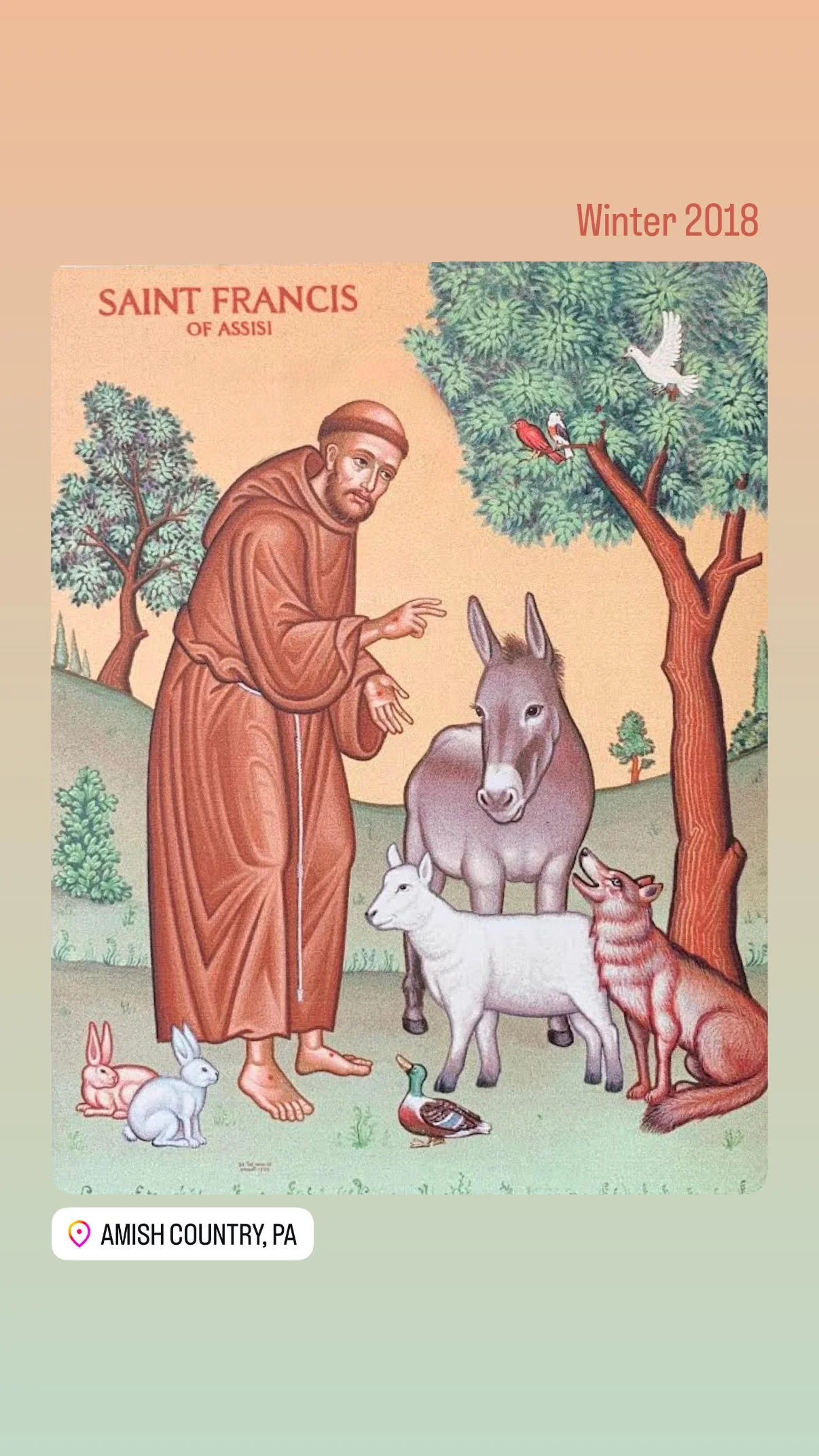Phased Research & Engagement: Borderland Ecologies & Interwoven Economies
Phase 1: Exploration & Mapping
Conduct ecological and cultural mapping across border regions, documenting shared watersheds, migration corridors, and cultural lineages.
Engage local communities and cross-border networks to identify key challenges, assets, and aspirations.
Analyze political and socio-economic contexts impacting cross-border cooperation.
Engagement opportunities:
Fund transboundary mapping and stakeholder engagement.
Volunteer as facilitators, translators, or data collectors.
Phase 2: Prototyping & Co-Design
Develop pilot projects that foster cross-border ecological restoration and circular trade initiatives.
Facilitate intercultural dialogues and workshops to build trust and shared governance frameworks.
Test cooperative enterprises that leverage shared material and knowledge flows.
Engagement opportunities:
Support pilot projects and dialogue facilitation.
Partner with NGOs, cultural organizations, and local governments.
Phase 3: Implementation & Scaling
Establish cross-border governance bodies for shared resource management and conflict resolution.
Expand cooperative economic and ecological initiatives with formalized partnerships.
Influence policy to institutionalize regenerative borderland collaboration.
Engagement opportunities:
Fund scaling and institutional development.
Engage in multi-stakeholder governance and advocacy.
Phase 4: Monitoring & Evolution
Monitor ecological health, economic benefits, and social cohesion across borderlands.
Adapt strategies through continuous feedback loops and community-led evaluation.
Promote knowledge exchange between border communities nationally and internationally.
Engagement opportunities:
Participate in monitoring and evaluation teams.
Help organize cross-border learning exchanges and conferences.

